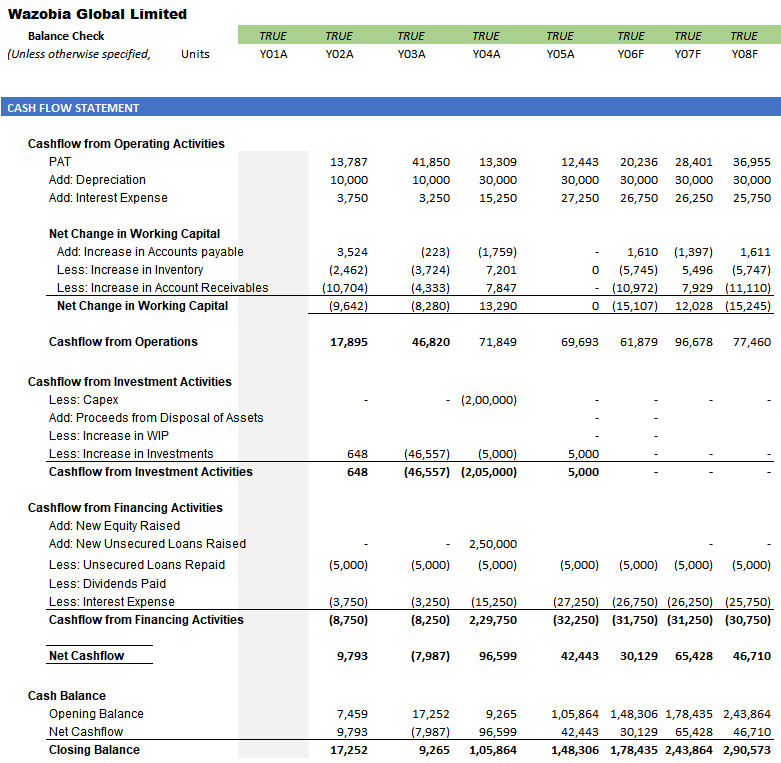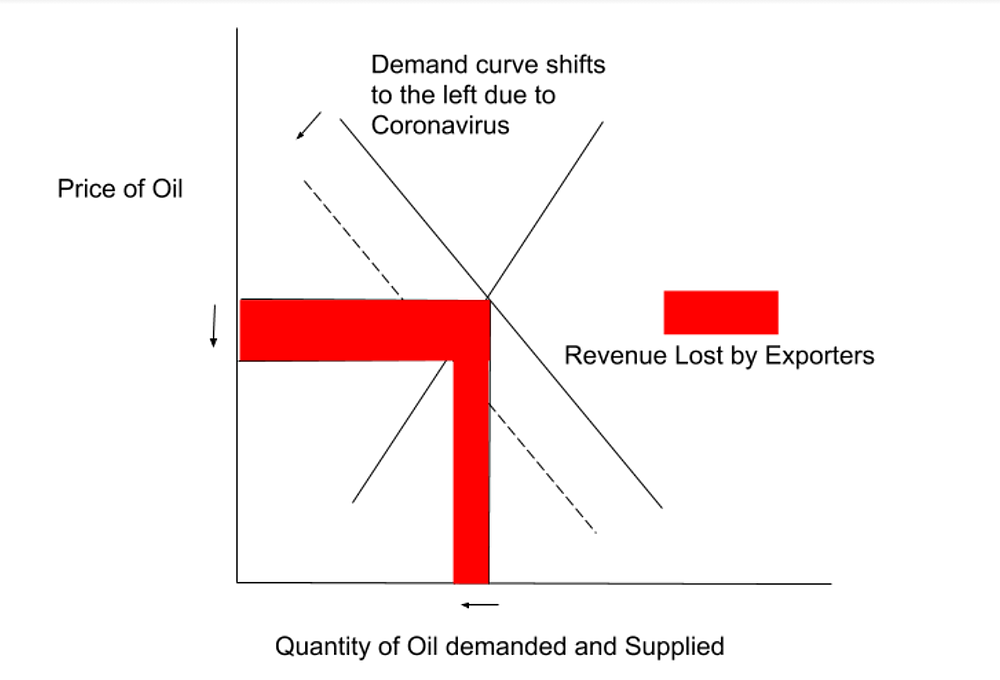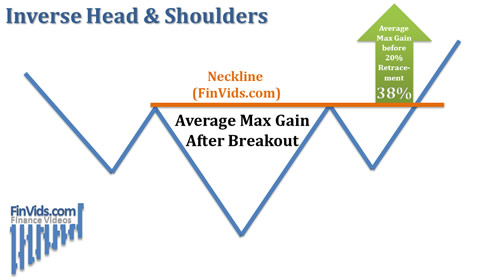What Is an Amortization Schedule? How to Calculate with Formula
Contents:


In contrast, intangible assets that have indefinite useful lives, such as goodwill, are generally not amortized for book purposes, according to GAAP. With amortization, businesses and investors may better understand and predict their expenses over time. An amortization schedule clarifies how much of a loan payment is made up of principal versus interest in the context of loan repayment.
- Amortization is a fundamental concept of accounting; learn more with our Free Accounting Fundamentals Course.
- If an intangible asset has an unlimited life, then it is still subject to a periodic impairment test, which may result in a reduction of its book value.
- Always be mindful of how a lender calculates, applies, and compounds your annual percentage rate as this impacts your schedule.
This is mainly used to calculate the financial accounting vs managerial accounting schedule of a loan. This can be helpful for things like tax deductions for interest payments. Understanding a company’s upcoming debt amount after several payments have been made helps prepare for the future. Lenders, including financial institutions, utilize amortization plans to show a loan payback schedule based on a specific maturity date.
What Is Amortization?
Then subtract the interest from the payment value to get the principal. Assume that you have a ten-year loan of $10,000 that you pay back monthly. Also, assume that the annual percentage interest rate on this loan is 5%. Negative amortization can occur if the payments fail to match the interest.
Tax guide for 2023: Top planning considerations – Grant Thornton
Tax guide for 2023: Top planning considerations.
Posted: Tue, 14 Feb 2023 08:00:00 GMT [source]
On the other hand, due to the yearly amortization of assets, the balance sheet is affected as it reduces the asset side of the statement. Loan amortization, a separate concept used in both the business and consumer worlds, refers to how loan repayments are divided between interest charges and reducing outstanding principal. Amortization schedules determine how each payment is split based on factors such as the loan balance, interest rate and payment schedules. It is hard to write in numerical terms the value of intangible assets, especially something like goodwill that doesn’t have a practical use. You must use depreciation to allocate the cost of tangible items over time.
Join PRO or PRO Plus and Get Lifetime Access to Our Premium Materials
Amortization is a certain technique used in accounting to reduce the book value of money owed, like a loan for example. It can also get used to lower the book value of intangible assets over a period of time. For publicly traded companies, amortization is an expense item that can be found in the income statement of the quarterly and annual reports filed with the Securities and Exchange Commission. Amortization is sometimes grouped with depreciation as a single line item within operating expenses because they focus on writing down the value of assets during that period of the financial statement. In some cases, expenses for depreciation and amortization might be minimal and would be lumped with selling, general, and administrative costs. Amortization is an accounting technique used to spread payments over a set period of time.
Enable 95% straight-through, same day https://1investing.in/ application and 100% savings in lockbox data capture fees with HighRadius Cash Application Solutions. Clients receive 24/7 access to proven management and technology research, expert advice, benchmarks, diagnostics and more. Asset amortization for future periods should be adjusted due to the increase in value.
- You can also use amortization to help reduce the book value of some of your intangible assets.
- Methods to calculate depreciation are Straight-Line Method, Declining Balance, and Double Declining Balance Method.
- When a company acquires assets, those assets usually come at a cost.
The IRS may require companies to apply different useful lives to intangible assets when calculating amortization for taxes. This variation can result in significant differences between the amortization expense recorded on the company’s book and the figure used for tax purposes. For tax purposes, amortization can result in significant differences between a company’s book income and its taxable income. In business, amortization is the practice of writing down the value of an intangible asset, such as a copyright or patent, over its useful life. Amortization expenses can affect a company’s income statement and balance sheet, as well as its tax liability.
Amortization in Business
At the same time, any accumulated amortization is added to the credit side of the journal. The credit balance in the contra asset account Discount on Notes Receivable will be amortized by debiting Discount on Notes Receivable and crediting Interest Income. A fixed asset is a long-term tangible asset that a firm owns and uses to produce income and is not expected to be used or sold within a year. Amortization and depreciation are two methods of calculating the value for business assets over time.

It is very simple because the borrower pays the repayments in equal amounts during the loan’s lifetime. Amortization may refer the liquidation of an interest-bearing debt through a series of periodic payments over a certain period. Paying in equal amounts is actually quite common when taking out a loan or a mortgage. An example of the first meaning is a mortgage on a home, which may be repaid in monthly installments that include interest and a gradual reduction of the principal obligation.
The authors and reviewers work in the sales, marketing, legal, and finance departments. All have in-depth knowledge and experience in various aspects of payment scheme technology and the operating rules applicable to each. With the above information, use the amortization expense formula to find the journal entry amount. Learn accounting fundamentals and how to read financial statements with CFI’s free online accounting classes.
So, for example, the brand value of a company logo or mascot may be amortized, while the resale price of their manufacturing machines may depreciate. Amortization, in general, is writing off a part of its value every year. You can now use Wafeq as an innovative accounting solution to run your business in an efficient way from one place. Residual value is the amount the asset will be worth after you’re done using it. Amortization is a fundamental concept of accounting; learn more with our Free Accounting Fundamentals Course.
Depreciation is used for fixed tangible assets such as machinery, while amortization is applied to intangible assets, such as copyrights, patents and customer lists. A method of progressively lowering an account balance over time is called amortization. A steadily increasing part of the debt payment is applied to the principal each month while loans are amortized. Like depreciation, amortization of intangible assets involves taking a specified percentage of the asset’s book value off each month.
The Inflation Reduction Act: An Overview of Clean Energy … – Novogradac
The Inflation Reduction Act: An Overview of Clean Energy ….
Posted: Fri, 13 Jan 2023 08:00:00 GMT [source]
Capitalized interest is the cost of borrowing to acquire or construct a long-term asset, which is added to the cost basis of the asset on the balance sheet. Since part of the payment will theoretically be applied to the outstanding principal balance, the amount of interest paid each month will decrease. Since your payment should theoretically remain the same each month, more of your payment each month will apply to principal, thereby paying down the amount you borrowed over time. Though you usually calculate the payment amount before calculating interest and principal, payment is equal to the sum of principal and interest. A shorter life should be applied if the asset will not be used for the entire period. These articles and related content is the property of The Sage Group plc or its contractors or its licensors (“Sage”).
How to calculate amortization in accounting?
This technique is used to reflect how the benefit of an asset is received by a company over time. Amortization is a strategy that is used to gradually reduce the value of a loan or intangible asset over a period. In other words, it is spreading out loan payments over a longer period.
Accumulated depreciation is the cumulative depreciation of an asset up to a single point in its life. For example, an oil well has a finite life before all of the oil is pumped out. Therefore, the oil well’s setup costs can be spread out over the predicted life of the well. Depreciation is the expensing a fixed asset as it is used to reflect its anticipated deterioration. Learn how personal loan interest rates work, how rate types differ, and what the average interest rate is on a typical personal loan. Investopedia requires writers to use primary sources to support their work.
It means any asset that can be touched and felt could be labeled a tangible one with a long-term valuation. An amortization table provides you with the principal and interest of each payment. Loan amortization is when you split a loan repayment into fixed dues spread over the tenure.
The most basic and essential difference is that depreciation is accounted for tangible assets, whereas intangible assets are recorded using amortization. There are a wide range of accounting formulas and concepts that you’ll need to get to grips with as a small business owner, one of which is amortization. The term “amortization” is used to describe two key business processes – the amortization of assets and the amortization of loans. We’ll explore the implications of both types of amortization and explain how to calculate amortization, quickly and easily. Under International Financial Reporting Standards, guidance on accounting for the amortization of intangible assets is contained in IAS 38.

Calculating and maintaining supporting amortization schedules for both book and tax purposes can be complicated. Using accounting software to manage intangible asset inventory and perform these calculations will make the process simpler for your finance team and limit the potential for error. Amortization in accounting is the process of expending an asset’s value over the period of its useful life in your balance sheet. So, the cost required to procure or manage the asset is recorded in the expense sheet rather than the income statement.

